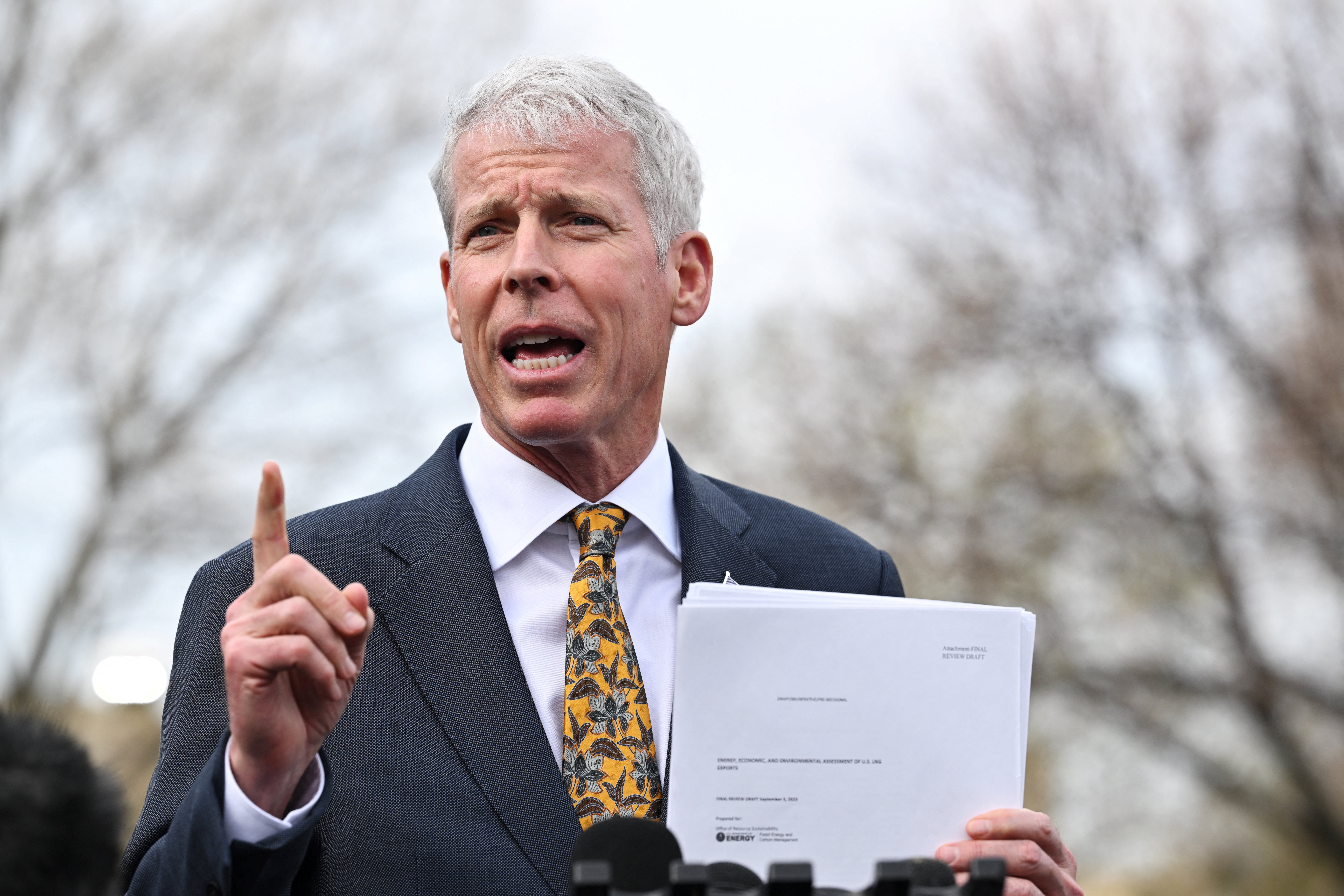The Quiet War on Energy Funding: A Bipartisan Battle Brews
The halls of Congress are buzzing with a quiet but intense conflict. It’s not a fight over ideology or party lines, at least not entirely. This battle centers on funding – specifically, the funding of vital energy projects across the nation. Draft proposals for significant cuts to these projects are circulating, sparking bipartisan outrage and frantic lobbying efforts.
The situation is complex. The current administration, facing budgetary pressures, is reportedly preparing a list of energy initiatives slated for potential cuts. This list isn’t just a random assortment of programs; it touches upon projects that span diverse energy sectors, from renewable energy development to crucial infrastructure upgrades. The implications are far-reaching, potentially impacting job creation, technological innovation, and even national energy security.
The most striking aspect of this developing crisis is the unified front forming against these proposed cuts. Lawmakers from both the Republican and Democratic parties are actively pushing back. This isn’t mere political posturing; it reflects a shared understanding of the importance of these projects to their respective constituents and the nation as a whole. The argument transcends partisan politics, highlighting a common belief in the necessity of continued investment in a diverse and robust energy sector.
What are some of the specific concerns? Many projects on the potential chopping block represent significant investments in cutting-edge technologies. These investments aren’t just about short-term gains; they are critical for long-term innovation and competitiveness in the global energy market. Cutting these programs now could stifle innovation, hindering the development of critical technologies and potentially jeopardizing America’s leadership in the energy sector.
Beyond technological advancement, these projects often have direct and significant impacts on local communities. Many represent crucial job creation initiatives, providing employment opportunities in regions that may otherwise struggle economically. These aren’t just abstract numbers on a spreadsheet; they’re real jobs for real people, supporting families and contributing to the economic vitality of entire communities. The potential loss of these jobs would have devastating consequences, particularly in areas already facing economic challenges.
Furthermore, some of the targeted projects are integral to upgrading and modernizing the nation’s aging energy infrastructure. These upgrades are essential for ensuring energy reliability and security. A failure to invest in these upgrades could lead to increased vulnerability to power outages, supply disruptions, and a heightened risk of energy-related crises. The consequences of neglecting this infrastructure could be felt nationwide, impacting everything from homes and businesses to critical services like hospitals and transportation.
The coming weeks will be crucial. As the proposed cuts move through the bureaucratic process, intense lobbying and negotiation will undoubtedly continue. The outcome of this fight will not only determine the fate of these specific energy projects but will also set a precedent for future investments in energy research, development, and infrastructure. The bipartisan opposition suggests that this fight is far from over, and the battle for the future of American energy is likely to be fiercely contested. The stakes are simply too high to ignore.




Leave a Reply